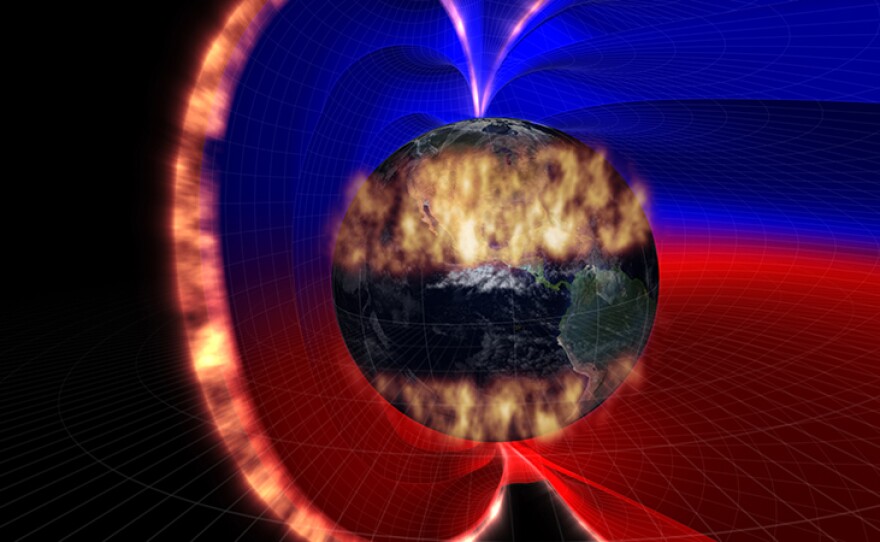Gain a greater understanding of our nearest star — one that might help keep our planet from going dark.
It contains 99.9 percent of all the matter in our solar system and sheds hot plasma at nearly a million miles an hour.
The temperature at its core is a staggering 27 million degrees Fahrenheit. It convulses, it blazes, it sings.
You know it as the sun.
Scientists know it as one of the most amazing physics laboratories in the universe.
Now, with the help of new spacecraft and Earth-based telescopes, scientists are seeing the sun as they never have before and even re-creating in labs what happens at the very center of the sun.
Their work will helps us understand aspects of the sun that have puzzled scientists for decades.

But more critically, it may help us predict and track solar storms that have the power to zap our power grid, shut down telecommunications and ground global air travel for days, weeks, even longer.
Such storms have occurred before — but never in the modern era of satellite communication.
"Secrets Of The Sun" reveals a bright new dawn in our understanding of our nearest star — one that might help keep our planet from going dark.

This program originally aired in 2012.
WATCH ON YOUR SCHEDULE:
This episode is available to stream on demand with KPBS Passport, video streaming for members ($60 yearly) using your computer, smartphone, tablet, Roku, AppleTV, Amazon Fire or Chromecast. Learn how to activate your benefit now.
JOIN THE CONVERSATION:
NOVA is on Facebook, and you can follow @novapbs on Twitter. #NOVAnext





